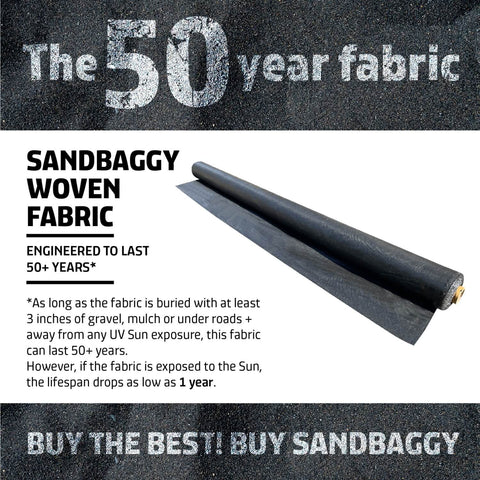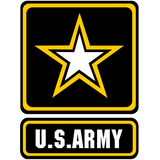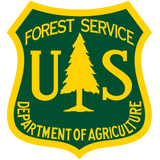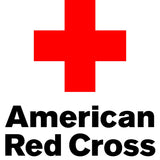
Sandbaggy Woven Monofilament Geotextile Fabric - Similar to Mirafi FW700 - 6 ft Wide
Equivalent To Mirafi FW700 Fabric
Sandbaggy Woven Monofilament Geotextile Fabric is equivalent to Mirafi FW700 fabric. An extremely heavy duty geotextile fabric constructed from tough woven polypropylene, this fabric will not biodegrade, resists naturally encountered chemicals, alkalis, and acids, and is UV resistant. It's perfect for a variety of filtration, separation, and erosion control applications.
Note: Mirafi geotextile fabric is the name of the product developed by TenCate Geosynthetics. Sandbaggy Woven Geotextile Fabric is an equivalent product. Our fabric undergoes the same testing to ensure it is the same quality (see table below) and can be used for the same applications.
What Happens When A 7000 lb Forklift Drives Directly on Sandbaggy Fabric?
Specs
| Property | Method/Details | English (MARV2) |
| Fabric Type |
high tenacity woven monofilament filtration geotextile |
|
| Material |
woven polypropylene |
|
| Size |
6 ft Wide |
|
| Color |
Black |
|
| Grab Tensile | ASTM D 4632 | 370 x 250 lbs |
| Grab Elongation | ASTM D 4632 | 16% x 15% |
| Trapezoidal Tear | ASTM D 4533 | 100 x 60 lbs |
| CBR Puncture Resistance | ASTM D 6241 | 950 lbs |
| Water Flow | ASTM D 4491 | 1 gpm/sf |
| Permittivity | ASTM D 4491 | 0.28 Sec-1 |
| AOS | ASTM D 4751 | 70 US Sieve |
| UV Resistance | ASTM D 4355 | 90/500 %/hrs |
Features
-
Tear Resistant Woven Polypropylene: Woven polypropylene geotextile fabrics have a high tensile strength and load capacity, which makes it very hard to tear. This heavy duty fabric is commonly used under roads and parking lots.
- Highly UV Stabilized: Resists ultraviolet deterioration.
- 50 YEAR FABRIC - The fabric is engineered to last 50+ yrs (*depends on site conditions) if buried properly with at least 3 inches of gravel or mulch. However, if the fabric is exposed to the Sun, the lifespan drops as low as 1 year.
- Extremely Long Lasting: This woven geotextile fabric is resistant to biological deterioration and naturally encountered chemicals, alkalis, and acids.
- Consistent, measurable pore sizes for effective drainage: Monofilament woven geotextiles have round fibers to create more uniform opening sizes for drainage applications.
- Long-term clogging resistance for enhanced filtration: Constructed from woven polypropylene to ensure it is resistant to clogging.
- High flow rates allows water to flow through to the soil: This fabric is permeable with excellent hydraulic properties, with a percent open Area of 4 - 6% to allow water to flow through.
- Superior soil confinement for better road stabilization.
- Cross roll direction strength when panels sewn together. Panels can be sewn together in the factory or field.
- Note: Rolls will be folded to fit within UPS size guidelines (4 ft wide or less). In addition, Rolls may arrive in 2 parts depending on the roll (for example: if you order a 100 feet roll, you may receive two-50 ft pieces).
Uses
- Commercial & Construction Application
- Soil Stabilization
- Soil Separation
- Drainage
- Filtration
- Erosion Control: Revetments, Land Reclamation
Fabric Lifespan - 50+ Years
As long as the fabric is buried with at least 3 inches of gravel, mulch, or under roads, and is away from any UV sun exposure, this fabric can last 50+ years.

FAQ
What are woven geotextile fabrics used for?
Woven Geotextile fabrics are commonly used to stabilize soil for roads, driveways, and parking lots.
Do woven geotextile fabrics let water through?
Woven geotextile fabrics are permeable (ability to let water through), but not as permeable as non woven geotextile fabrics. That's because woven geotextiles have a tighter weave, making them better served as a soil stabilization fabric.
What's the difference between woven and nonwoven geotextile?
Woven geotextile fabrics are stronger (have a higher load capacity), due to the yarns (fibers) being woven together. This makes them ideal for stabilizing the ground in large construction projects. Non woven geotextile fabrics are made of the same material as woven geotextile fabrics, but the fibers (yarns) are bound together through needle punching or other alternative methods. Nonwoven geotextiles are commonly used for filtration, separation, and drainage.
The main way to tell the difference between them is that nonwoven geotextiles will have a felt-like feel to them.
Do I need geotextile fabric under a gravel driveway?
Yes, use woven geotextile fabrics under gravel driveways. Woven geotextiles are made to help stabilize your roads and avoid lumps and bumps.
What is Mirafi fabric?
Mirafi® fabrics are geotextile fabrics developed by TenCate Geosynthetics. They are used for drainage, filtration, separation, and reinforcement for a variety of projects.
Our Customers
Our sandbags, burlap bags, and landscape staples are trusted by
 Marine Corps
Marine Corps
 US Army
US Army
 Park Service
Park Service
 Forest Service
Forest Service
 Red Cross
Red Cross
 Walmart
Walmart
















